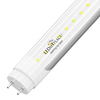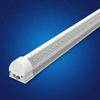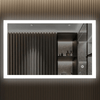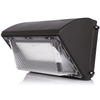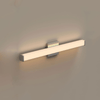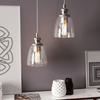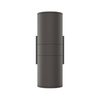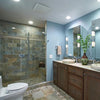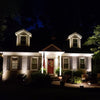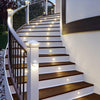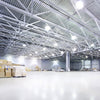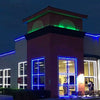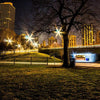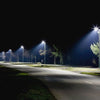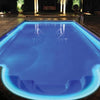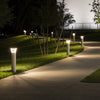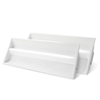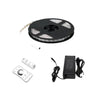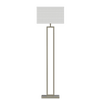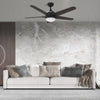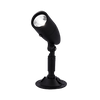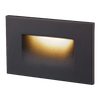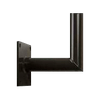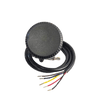The alarming depletion of non-renewable power sources and the rise in the carbon foot-print has raised humans to take precautionary measures.
LED technology is a product of such precautionary measure, this technology helps in reducing the energy consumption. The certifications of UL, DLC, ETL, and RoHS has tested these lights and marked them safe to be used in the ecosystem. According to the certified report LED technology helps in saving up to 75% on utility bills.
Photocell is another advanced technology added to the LED lighting to save and monitor power consumption. The basis of this technology is that the photocells use semiconductors to control the electric current.
The LED outdoor lighting fixtures come with factory-installed photocell technology which tells the fixture when it should operate. This is primarily used to turn on/off exterior lights at “dusk to dawn” timings.
How does this Photocell technology works?
Lights like LED Wall Packs with photocells works when the semiconductor is exposed to a certain level of light. The current starts to flow and the fixture gets shut off, some photocells sensors come with adjustable switches that allow you to choose the level of lights which will activate the semiconductor. As the light fades during the evening the flow stops and the fixture is automatically powered on. This is also commonly known as the “Dusk to Dawn” light output.
This technology is mostly hardwired via 120-277 V line voltage to control an entire electrical circuit that operates on the LED wall packs outdoor fixtures. There are also some photocells that get screwed into light bulbs, sockets allowing any lamp or fixture to become a “Dusk to Dawn lighting fixture". There are also photocells that work with a standard wall outlet and control a pass-through plug.
Photocells will also adhere to seasonal change and are not affected by daylight saving time. This benefits the customer in a maintenance-free, energy-efficient lighting experience. The LED Wall pack with photocells technology also provides for the security lighting as it deters intruders.
Difference between Photocells and Motion sensors:

There are other energy-saving and energy consumption monitoring technologies such as timers and motion sensors other than the photocells. Let’s go through how they are different.
Timers are useful for on-demand lighting controls, for example turning off lights at worksites during the desired time. More complex time sets are configured to allow a multiple time lighting requirements.
Nevertheless, this technology lacks the ability to work well with environmental factors. Local sunrise and sunset patterns change over time and that would have to be monitored manually. Whereas a photocell sense and automatically turn off and on the lights detecting the level of lights. Timers won’t work under rainy and cloudy days like photocells performs.
Your lighting requirement will make you choose the right technology. Photocell will surely cater to your problems of saving energy and keeping a tap on when to turn off and on your outdoor lights. With the world under the lockdown, it has become more important than ever that your home and building spaces remain lighted to fight vandalism.
Stay safe and Energy-efficient!



